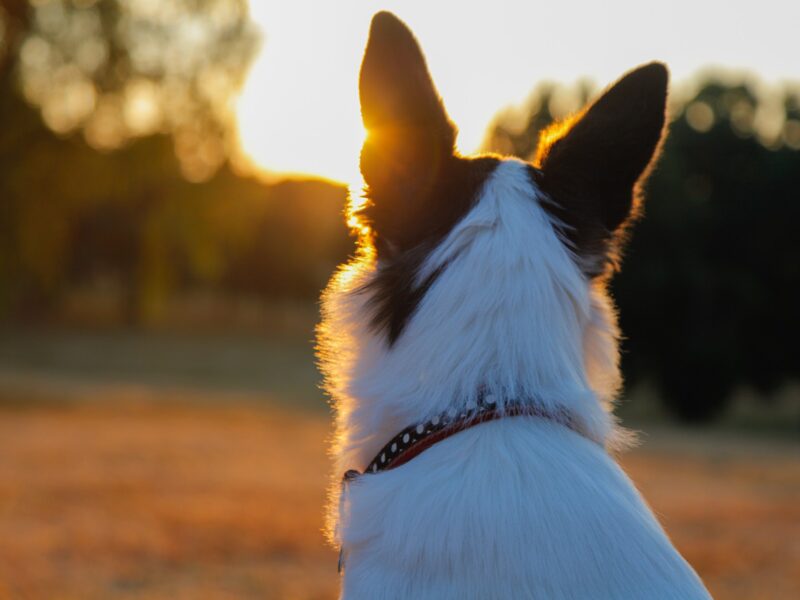Australian Timor Ponies Have Genetic Diversity Necessary For Breeding Program, Texas A&M Researchers Find
Researchers at the Texas A&M School of Veterinary Medicine & Biomedical Sciences (VMBS) collaborated with Australian geneticists to determine whether the country’s population of Timor ponies are genetically diverse enough to support a designated breeding program.
Timor ponies, which were brought to Australia from nearby Indonesia’s Timor Island in the 1800s, are well-suited to the climate of Australia, making them valuable both as recreational and working animals. However, the number of Timor ponies has decreased over the years due to changes in culture, technology and local agricultural needs.
Today, the Australian government is interested in restoring the country’s population of Timor ponies because of their climate adaptation, which may become more important as global warming continues.
VMBS researchers were able to provide baseline DNA samples and data analysis to assist with starting the breeding program.
“Together with our partners at the University of Sydney, we found that the population does have enough genetic diversity for there to be a breeding program,” said Dr. Gus Cothran, a professor emeritus in the VMBS Department of Veterinary Integrative Biosciences. “However, we also recommend supplementing the program with Timor ponies from beyond Australia and other species to ensure viability.”
“Without enough genetic diversity, it can be impossible to fully restore a population…Thankfully, Timor ponies have not yet reached the point where their numbers can’t be restored.”
Dr. Gus Cothran
The Importance of Genetic Diversity
Genetic diversity refers to the variety of inheritable traits within a population. Having a wide range of traits available enables species to adapt to environmental changes; it also helps them avoid inbreeding.
“Without enough genetic diversity, it can be impossible to fully restore a population,” Cothran explained. “When a population gets smaller, its members become increasingly related to each other and inbreeding is inevitable, which causes problems for their offspring. In addition to losing the ability to adapt to changes, genetic defects — such as loss of fertility or physical defects like ‘club foot’ — become more common as inbreeding increases.”
Because horses aren’t as integral to society as they were in the 1800s, the number of Timor ponies in Australia has decreased, leaving scientists wondering whether there were enough of them to restore the population.
“In Australia, there’s the additional problem of isolation,” Cothran said. “Since the continent is surrounded by ocean, new genetic material from migrating herds isn’t going to wander in. Thankfully, Timor ponies have not yet reached the point where their numbers can’t be restored.”
Being Neigh-borly
Timor ponies are thought to have been developed from the intermixing of native island horses of Southeast Asian origin with Portuguese breeds of horses that were brought to Timor Island — which used to be a Portuguese colony — and from there to Australia.
Because they are used to living in tropical environments, they thrive in Australia, which led to their popularity as work and pack animals. Scientists also have suspected for a long time that Timor ponies helped contribute genetic material to the Waler, a culturally significant horse breed developed in Australia.
“I had done previous genetic research on the Waler to see whether Timor ponies were significant contributors to the breed,” Cothran said. “The results of our study were negative, but a well-loved Australian breeder named Richard Crispin sent me a number of samples of both Waler and Timor, and those samples eventually became the basis of our research for the Timor pony breeding program. We’re very grateful to him for his contribution to the project.”
With the new hope provided by Cothran’s work, Australian conservationists are looking forward to restoring the population of Timor ponies, which may play a key role in the country’s adaptation to a future impacted by climate change.
Media contact: Jennifer Gauntt, jgauntt@cvm.tamu.edu, 979-862-4216





